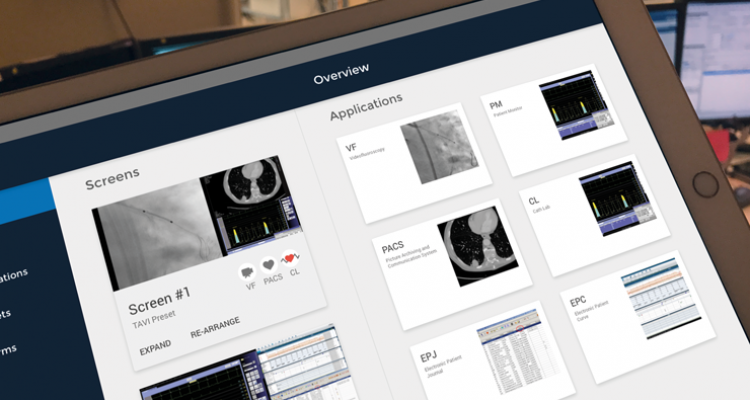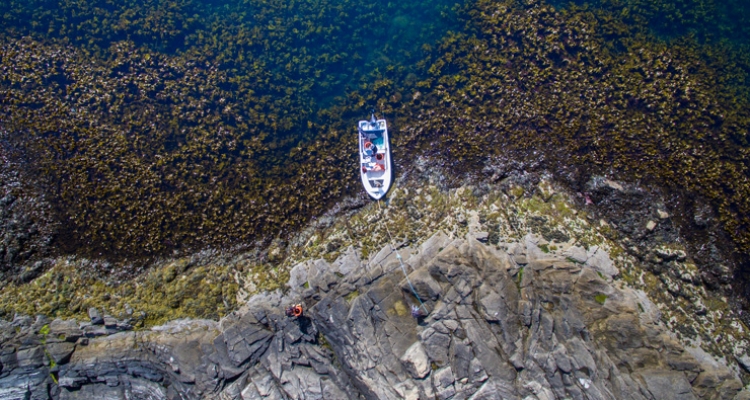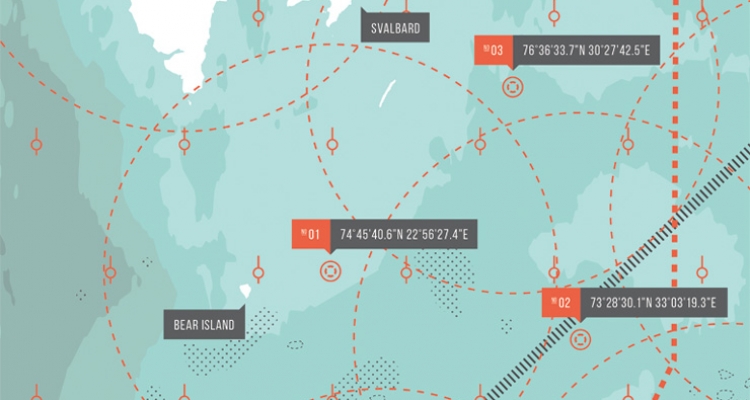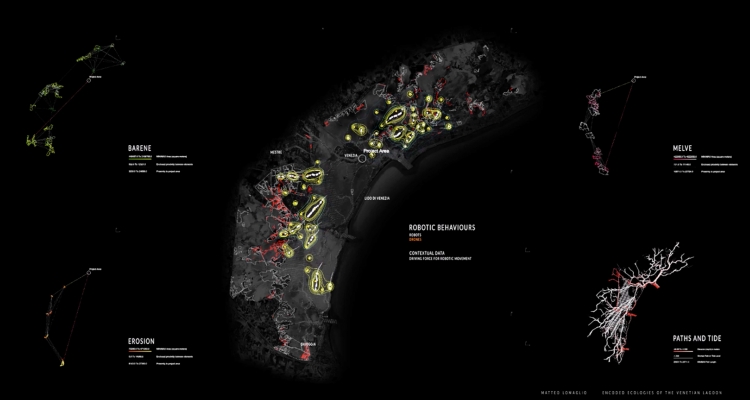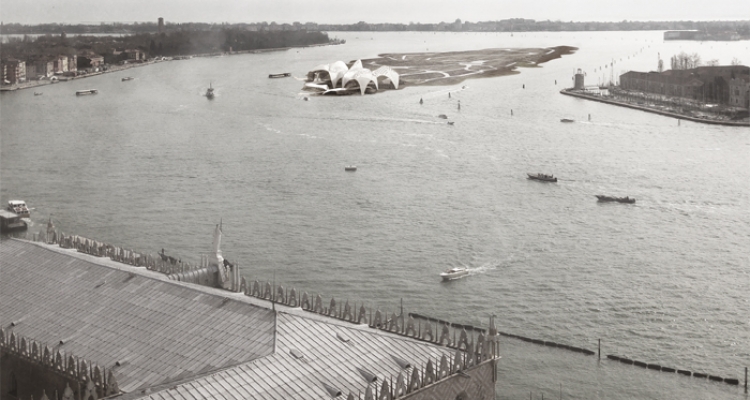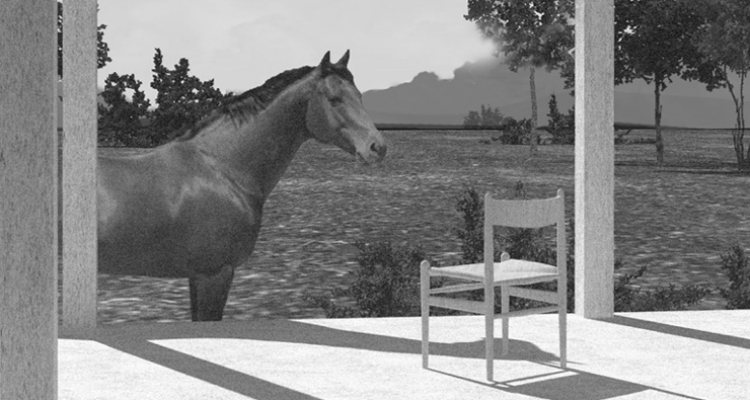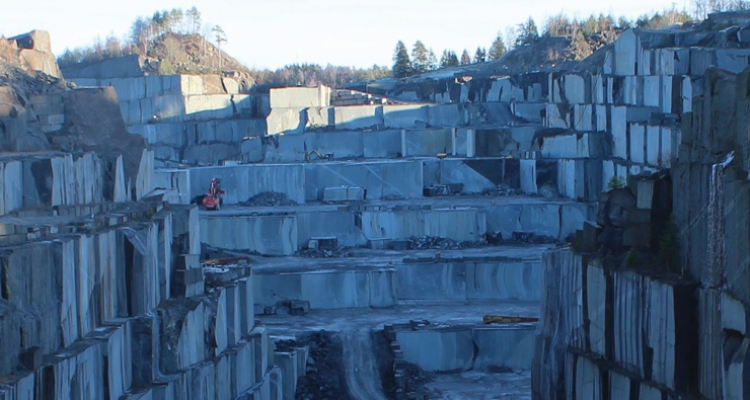I have worked in operating rooms observing heart procedures, which are high-risk procedures. The team performing these operations depend on accessible and precise information, to ensure that the procedure is done adequately.
Diplomprosjekt
Seaweed is one of the most unexploited natural resources on the planet. Norway has a large and rich occurrence of this re-growing resource and it can be turned into an important source of income for costal communities. The location and the topography around these communities vary, but a common challenge is the difference in the tide andthe water level. The scheme is therefore based on the production line and the idea of the building as a bridge between the ocean and the infrastructure on land.
Photo: Alex Asensi
This thesis utilize the dispersed model a sa premise to explore how the landscape can accommodate a new paradigm of public transportation, and how a continuous model of dispersion may be anticipated through a strategy which is anchored in the logic of the landscape.
Three buildings situated in a green pathway filled with trees. One building to maintain, one to develop and one to convey.The project is explored through thoughts and ideas about sound and built space, through the work of Arne Nordheim.
The station would be capable of aeronautical and maritime rescue and recovery response, while providing supplies to extend the range and presence of patrol ships.
The complexity of the Venetian lagoon ecosystem is encoded into a set of generativedata-driven algorithms defining computational methodologies to inform architecturalstrategies at different scales. This includes selective preservation, modification andtransformation of the landscape in a dynamic and ongoing project for the lagoon, thenew local botanical garden and the architectures and technologies that are involved inthis complex process.
In the process of converting mechanical movement - flowing water - into electric energy, about 5% turns into heat. From a power plant with an annual production of 15 GWh, this means energy enough to heat approximately 30 households is lost.
In my project I propose three alternate ways to utilise this excess energy for various attractions along Vaksvikelva in Ørskog.
Through the building of small hydro projects, previously unavailable nature becomes accessible. How can small hydroprojects enrich the experience of their beautiful surroundings?
A church lies in a field. It consists of a large gable roof with spaces inside. The main space is asymmetrical, the roof merges with the floor on one side, on the other a wall divides it from smaller spaces that are open to the field. By the altar the wall ends, creating an opening where the field reaches into the space.
While animals are usually relegated a secondary role in the farm, the project is trying to challenge this usual dynamic, by approaching architecture from an an imalperspective. The set geometries, the architectonic elements and outside spaces used in the project that go with horse activities are thoroughly investigated.
By equally emphasizing the outside spaces as much as the built, I have proposed a place like a big garden where the relation between horse and rider, with the local life and landscape as a back drop, can be fully physically experienced.
The approach of the project was to make a factory producing building- and paving-stones from waste material provided by the quarry, and to show the characteristics and potential of the available stone in the architecture.
The larvikite rock dates back 300 million years. The crossover of architecture and nature in this building therefore pushes the concept of time to the forefront. It raises the question of what the site used to be, what it is now and what it might become in the future.
